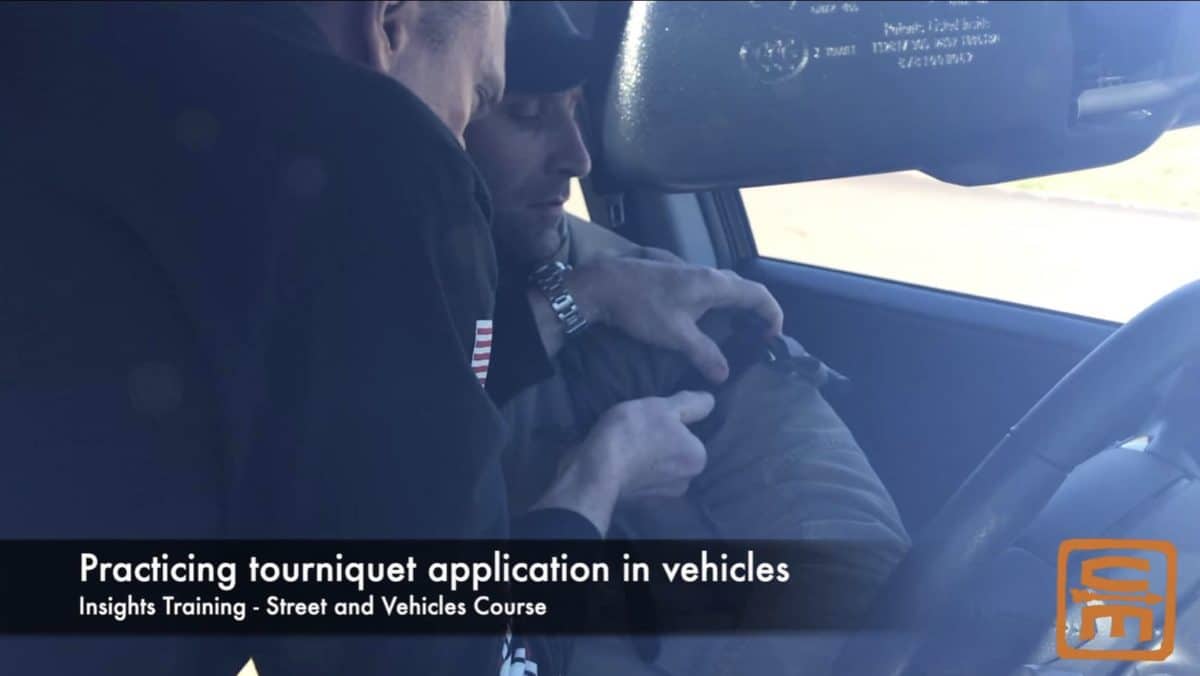
Training in a car, under a chair, on a table, and everywhere
- Posted by Mike Shertz MD/18D
- Categories MARCH
🕖 Reading Time, 2 minutes
When you learn a technique, there is more recorded in your brain than just how to do the task. Where you learned it and details about the source or instructor are also all there. You can use that to your advantage by studying for a test in the exact same room and seat you must take the test in. Your recall improves because details of the room and seat are also connected to the studied information. You can access that by “reinstating” yourself in that environment.
“Recall is better if the environment of the original learning is reinstated”.1
If you can’t test in the exact same environment as you learned something, then you need to “learn” it in multiple settings. In this way, knowledge is not location-specific.2
In medicine, you always try to do your patient examinations from the right side, so each evaluation is reproducible and makes practice consistent.
In TECC/TCCC environments, the tactical situation drives all care. Therefore, you won’t be able to dictate which side you treat a casualty from because in a high-risk environment, you don’t get to choose. The position will be based on where the threats and danger areas are, as well as where and how your casualty is located.
We use all of these concepts by practicing our high-risk casualty care techniques in multiple different settings. Sometimes you get to kneel by the casualty’s side and apply a tourniquet. Sometimes, you are above them on a chair reaching awkwardly down and around the chair, or on a table right on top of the casualty, and still other times you put tourniquets on everyone in a car from your seat.
All of this makes your technique independent and less about a specific classroom or patient orientation/position. That makes for solid performance.
TRAIN NOWOnline Tactical Casualty Care (TC2)
1 Godden DR, Baddeley AD. Context Dependent Memory in Two Natural Environments: On Land and Water, British Journal of Psychology, 1975.
2 Smith SM, Glenberg A, Bjork RA. Environmental Context and Human Memory. Memory and Cognition, 1978.
Dr. Mike Shertz is the Owner and Lead Instructor at Crisis Medicine. Dr. Shertz is a dual-boarded Emergency Medicine and EMS physician, having spent over 30 years gaining the experience and insight to create and provide his comprehensive, science-informed, training to better prepare everyday citizens, law enforcement, EMS, and the military to manage casualties and wounded in high-risk environments. Drawing on his prior experience as an Army Special Forces medic (18D), two decades as an armed, embedded tactical medic on a regional SWAT team, and as a Fire Service and EMS medical director.
Using a combination of current and historical events, Dr. Shertz’s lectures include relevant, illustrative photos, as well as hands-on demonstrations to demystify the how, why, when to use each emergency medical procedure you need to become a Force Multiplier for Good.



